We’re excited to introduce you to the always interesting and insightful Rebecca Oh. We hope you’ll enjoy our conversation with Rebecca below.
Hi Rebecca, thanks for joining us today. Can you talk to us about how you learned to do what you do?
I’ve been building up my technical skill in painting for over a decade now. I started my art journey at a magnet art high school in Baltimore where I learned the foundations of my artmaking: observational drawing, color mixing, and composition. From there, I attended Maryland Institute College of Art where I had amazing professors who deepened my understanding of lighting, emotive color, and materiality of paint. It took a lot of hours to get to the point where I am now, and a lot of different turns in my practice.
Knowing what I know now, I don’t think there is anything I could have done to speed up my learning process. I am a firm believer that you learn things when the universe knows you need to. The slow process in which I paint is really indicative of the slow process it took to get to where I am now. I think this build up of personal patience has been the most essential skill in my art career. My artmaking methods are laborious and painstakingly slow, and without patience, a lot of the work would not reach completion.
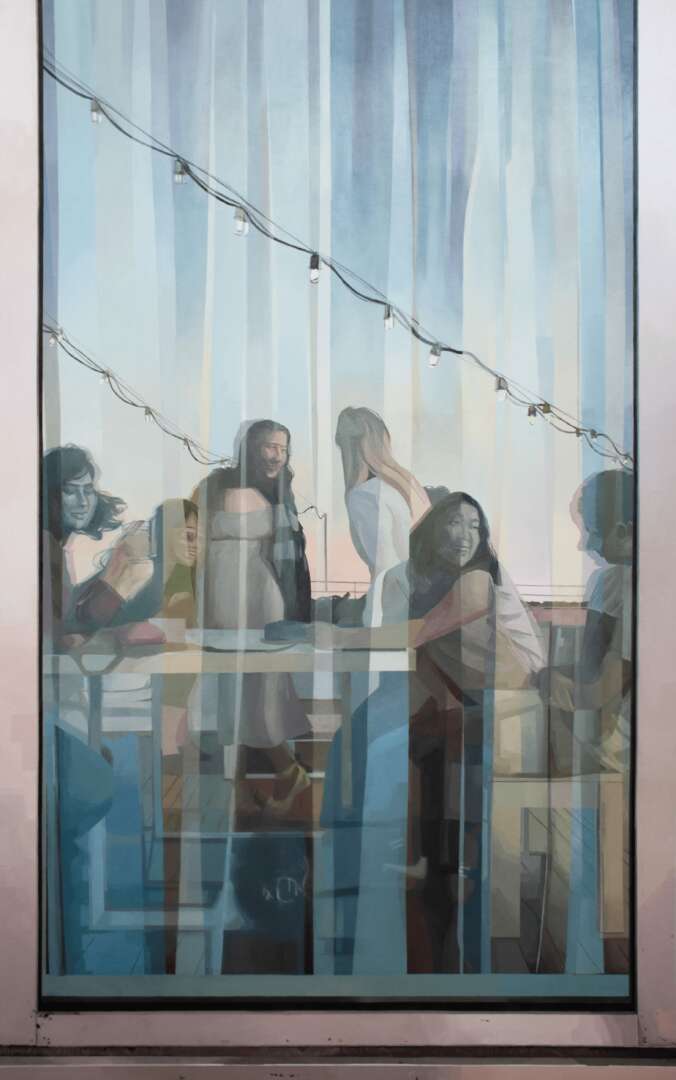

Awesome – so before we get into the rest of our questions, can you briefly introduce yourself to our readers.
I am a second-generation, Korean-American artist and educator. My artwork is currently exploring themes of mental illness, religious trauma and reconciliation, and cultural loss and reconnection. While my past work engaged viewer on a more inconspicuous level, my present work openly engages with these heavy themes as a means of personal reflection, self-acceptance, and viewer connection.
How can the line between painting and object be used to bridge the gap between artistic intention and viewer comprehension? This question guides my current work as I begin to explore the use of sculptural substrates to assist in amplifying meaning around my focused themes. This new intersection of painting and sculptural elements forces the viewing experience to be more interactive in the three-dimensional space and brings subliminal messaging to the forefront of deciphering.
Something I am most proud of in my work is that I am speaking on topics that are not commonly discussed among Korean-American families. For example, mental illness is sometimes seen as a shameful mark on one’s worth and these battles are often fought in private, for the comfort of others. I aim for my current work to bring light to these struggles and destigmatize them for others in the same situation.
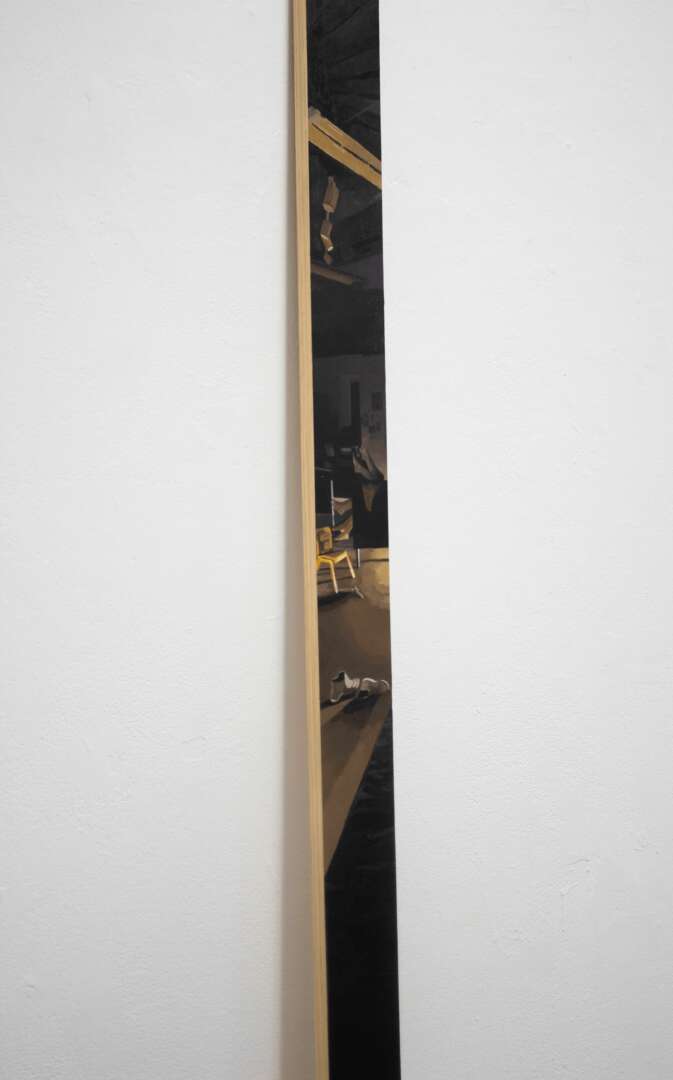

What do you find most rewarding about being a creative?
There are so many rewarding aspects of being an artist. I get to connect with others that empathize with the work I’m creating. I get to do something I love every single day. I get to speak about topics dear to me that words cannot encompass on their own.
If I had to choose one thing, it would have to be: human connection. In the broadest of senses.
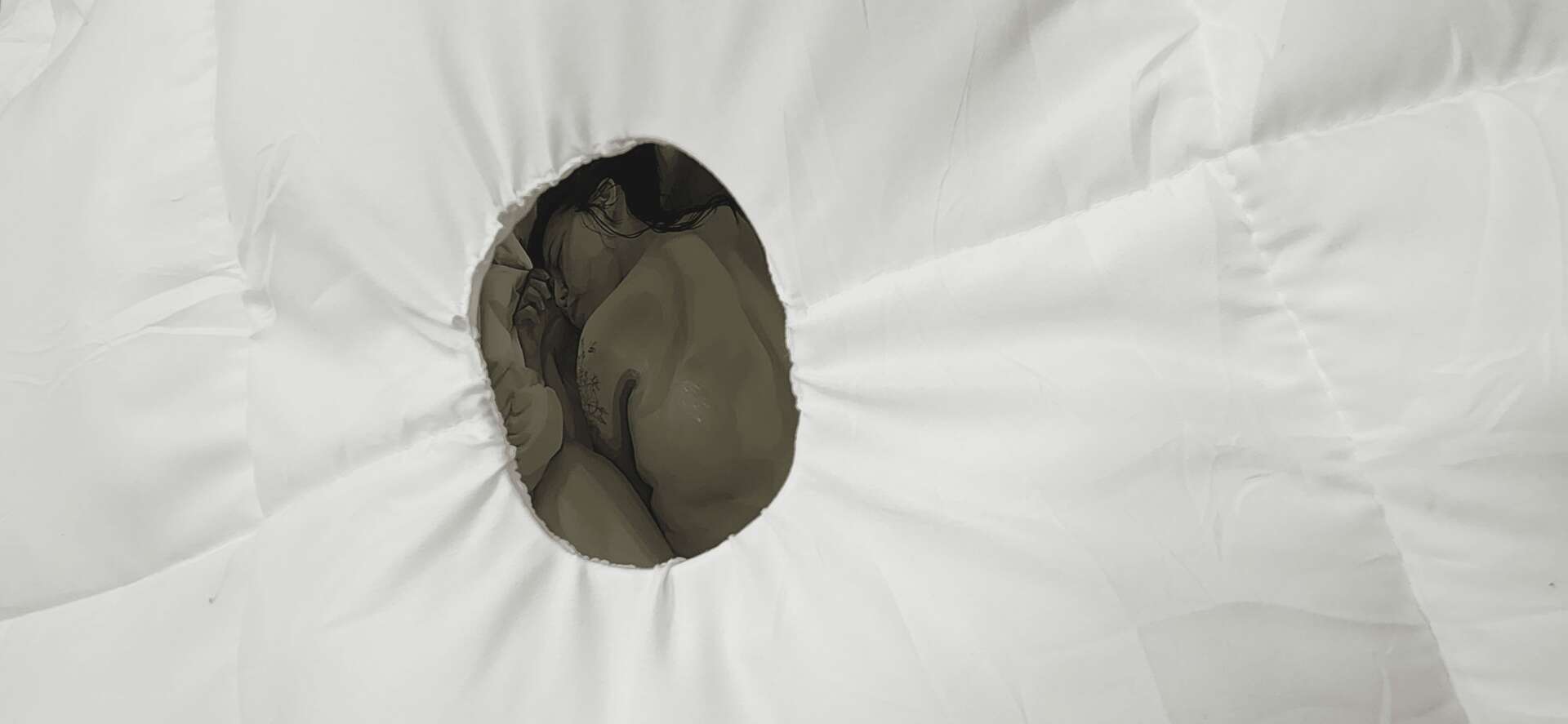
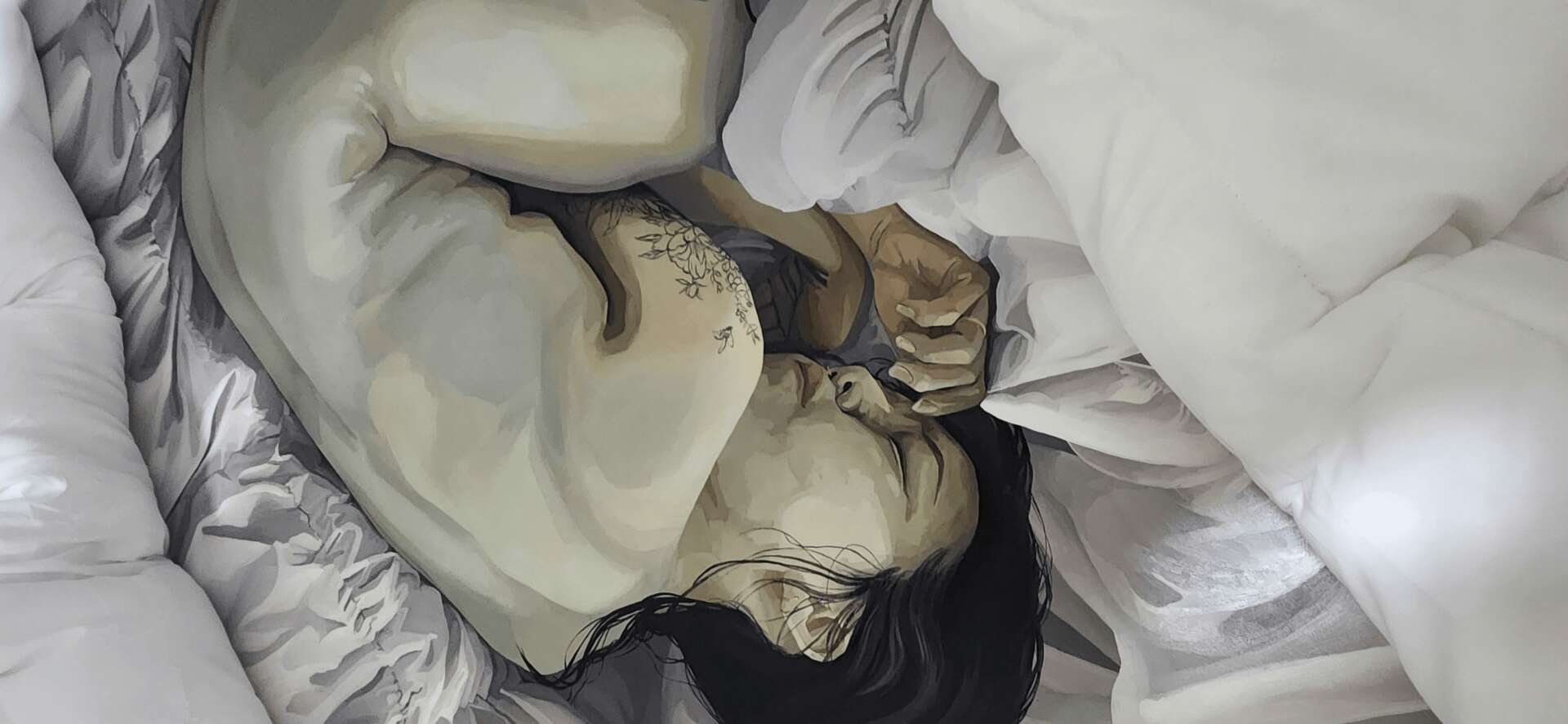
How about pivoting – can you share the story of a time you’ve had to pivot?
I’m currently in graduate school (again!) to get a masters in painting. I used to be an art teacher for a long while until I decided to reinvest in myself, pivot in my life, and apply to graduate school.
Now that I’ve had time and distance from my last career in education, I know that deep down, I knew that this change was coming. I was pushing it off year after year, but the desire to relight my love of art was always lurking.
By the time I decided to make the pivot, I just knew it was time. The small, lurking voice turned into an incessant need and I put everything into the change from education to my art practice. I think it’s important to listen to those small, lurking voices in the back of your head… they’re there for a reason!
Contact Info:
- Website: https://www.rebeccaoh.com
- Instagram: @rebeccaohart
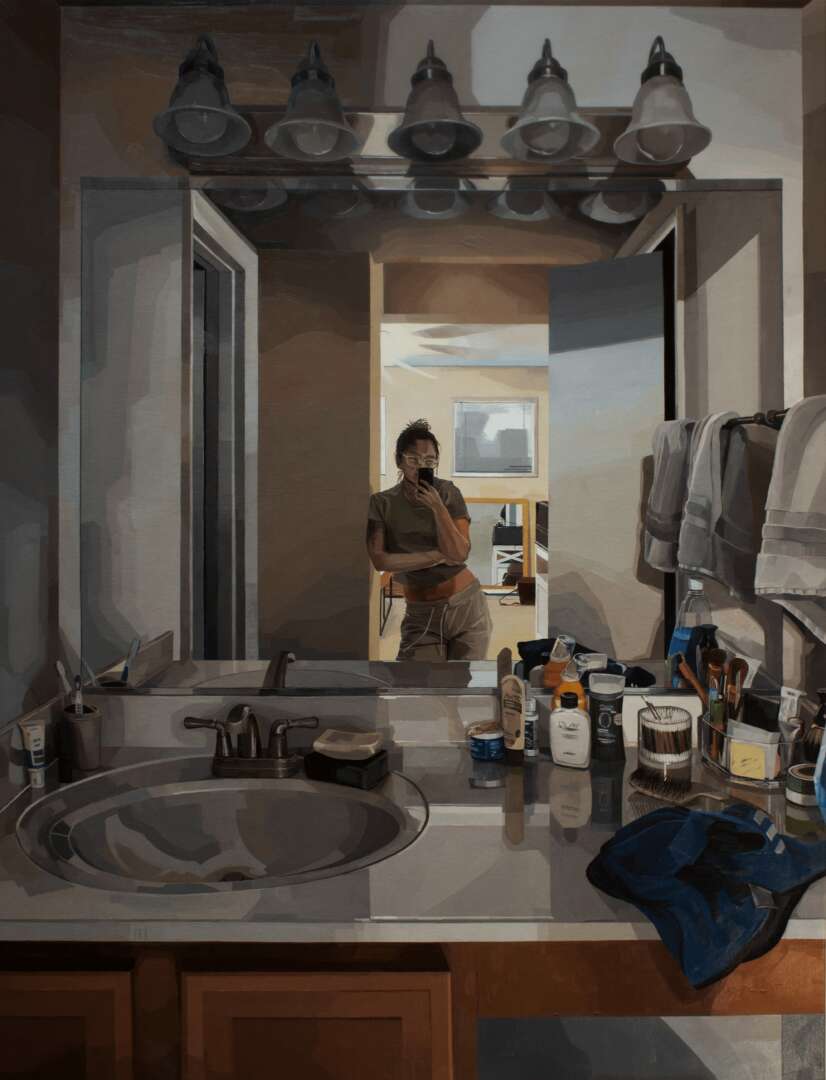
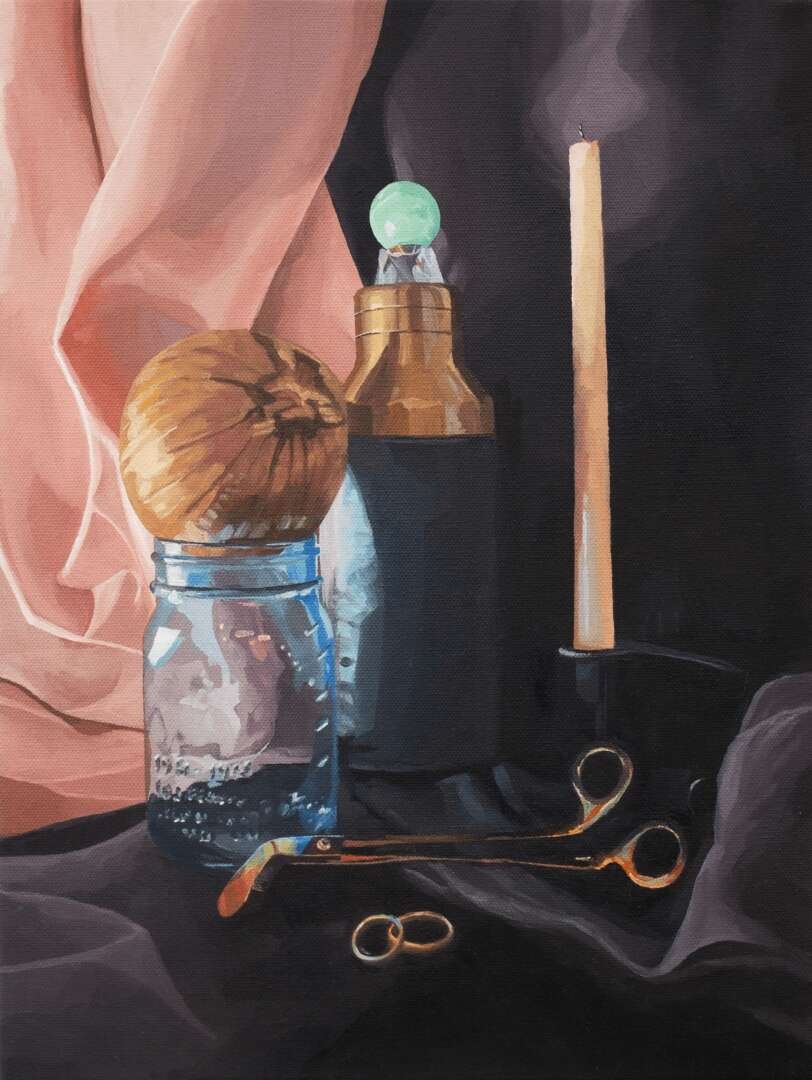
Image Credits
Courtesy of Artist


